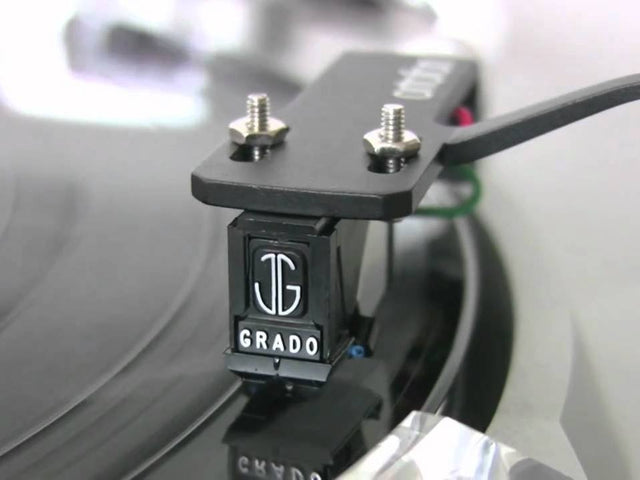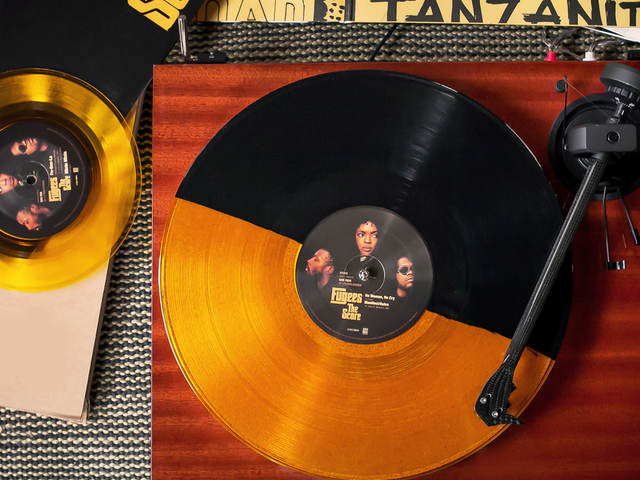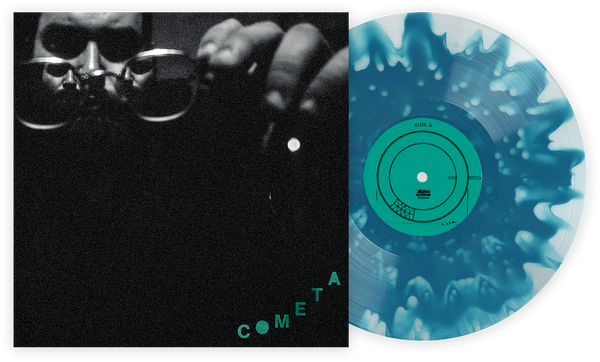My most significant event of the summer (I hesitate to use the word “highlight”) was undoubtedly breaking my leg and ankle in four places. Quite apart from the considerable discomfort, the realization that I might be the most incompetent user of crutches that has ever lived and the daily discovery of previously easy tasks rendered ridiculously hard, it has been an eye-opening experience trying to make use of my record collection. Simply put, vinyl is not a terribly friendly format under these conditions. Shuffle over to your player, balance yourself while you get a record on… and repeat the performance about 20 minutes later.
Some of this unfriendliness doesn’t have to be an issue though. For almost as long as the 33 1/3RPM LP has been a recognized format, there has been a subset of turntables that can do at least some of the heavy lifting themselves. Put the record on the platter, press a button and the arm will place itself on the record and start playing while you concern yourself with staggering back to your chair. Come the end of the side, they’ll lift the arm off and return it to the resting position. These are fully automatic turntables and they are fairly widely available. So why aren’t all turntables automatic?
Behind the fairly simple mission statement—lift the arm up, move it to the edge of the record and drop it into the start groove—lies a fairly complex piece of machinery. In a fully manual turntable, the only mechanical link between the arm and the platter that is required is the point where the stylus hits the record. The arm can be placed in a completely separate chassis if you wanted—and some companies do just that. This simply isn’t going to work with an automatic design though. The relationship between the platter and arm is one that becomes entirely linked.
The nature of this link varies slightly depending on the design in question but the vast majority of automatic turntables have a mechanical linkage between the arm and the platter. This will engage and move the arm over the record by means of a driven arrangement of cogs and gears. In an age where we can use optical sensors to judge just about anything, it might sound strange that such a heavily mechanical system is favored, but there are some solid reasons for doing so.
First, the number of variables at work in a turntable is pretty low. An automatic turntable needs to know if it is looking for the edge of a 7-inch or 12-inch record (a few especially luxurious units can discern a 10-inch pressing too) and whether it will be spinning at 33 or 45 RPM. Having a system laden with sensors for this purpose is pretty pointless. Of course, automatic turntables have been around long enough that some were built with sensor based operation in the ’70s… and regrettably didn’t work terribly well. A mechanical connection will work every time.
The other factor leads on to a different dynamic of automatic players. The bulk of them use a mechanical system because it is affordable. It needs to be affordable because the turntables they are fitted to also tend to be affordable. While the price of sensors and other hardware has dropped, it still all needs to be tied together in a reliable way and this will further increase the cost of the unit.
But hang on—why are automatic turntables only found at the affordable end of the market? The ability to drop a delicate stylus onto a record with consistent force (and just as importantly, pick it up at the end of the record so it doesn’t drain its life away in the lock groove at the end of the record) sounds like a pretty useful one, so what’s the catch? The most fundamental issue that all these extra mechanical parts to make the arm move without human aid contribute to the noise level of the turntable.
The impact of the mechanism will vary—after all, it is at its most active when the arm is moving to and from the platter and the record isn’t actually playing at that point. Viewed objectively, though, the extra mass of cogs, springs and other mechanical components sat under the playing surface will mean that an automatic turntable will generally produce more unwanted noise than a manual one. The need to accommodate the extra components of the mechanism means that the plinth of an automatic turntable can’t be as rigid as that on a manual one—which by the simple expedient of being solid can be very stiff while still being very simple.
The news gets worse when the mechanics of making an arm move are taken into account. As we have discussed before, the arm is a critical component in a turntable and the business of modifying it to move automatically has an effect on this functionality. That low voltage signal being sent down the arm from the cartridge risks interference and the very best bearing types can’t really be used in a motorized arm. The nature of the arm being automatically raised and lowered means that some (but I stress not all) automatic arms can suffer from shifting tracking weights. There is a cruel irony that an automatic turntable offers the best potential protection for a cartridge but can’t deliver the conditions to make it perform at its best. In turn, you can’t change the arm because it is intrinsically linked to the rest of the turntable.
The result of these compromises means that automatic turntables will generally occupy the more affordable end of the market. Does this mean you shouldn’t buy one? This will depend on what you are looking for from your turntable. Some automatic models from Thorens and Denon are capable of competing on a roughly even footing with more conventional manual models at a similar price and their basic design allows for you to change the cartridge and the like. Remember though, ultimately, with an automatic design, you are paying for functionality that isn’t required in a manual equivalent so if the price is otherwise equal to a manual turntable, something will have had to give somewhere else. All things being equal, a manual turntable is capable of higher performance than an automatic one.
One final thing that is worth taking into account is that a key feature of an automatic turntable—picking the arm up at the end of the record—can be replicated on a manual turntable. If you worry about leaving records playing after the music has ended (and we have all done it at least once), there are devices that sit under your arm and raise it when the end of a record is reached. The most well-known of these is called the Q Up and although it doesn’t work with every turntable out there, the company tends to list the ones it does. Because the Q UP sits doing nothing until such time it is needed, it doesn’t have the same detrimental effect on performance that motorising the entire arm does.
Ultimately, while they can be convenient, automatic turntables are a design compromise and something you should think about before selecting. There’s been some points in the last few weeks where my manual turntable has been a source of mild frustration but I’m making good progress at this walking business and will be back in the groove soon enough. If you can manage with full manual control of your turntable, you’ll enjoy better performance and a much wider choice—a little hard work never hurt anyone.
Ed is a UK based journalist and consultant in the HiFi industry. He has an unhealthy obsession with nineties electronica and is skilled at removing plastic toys from speakers.
Join the Club!
Join Now, Starting at $36Pages











